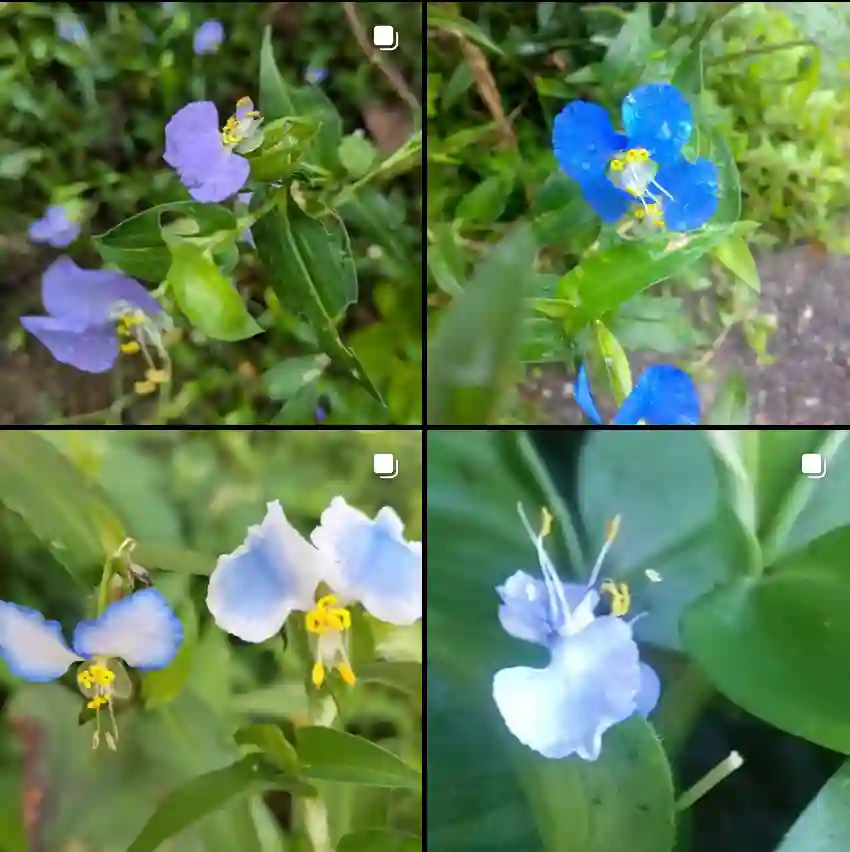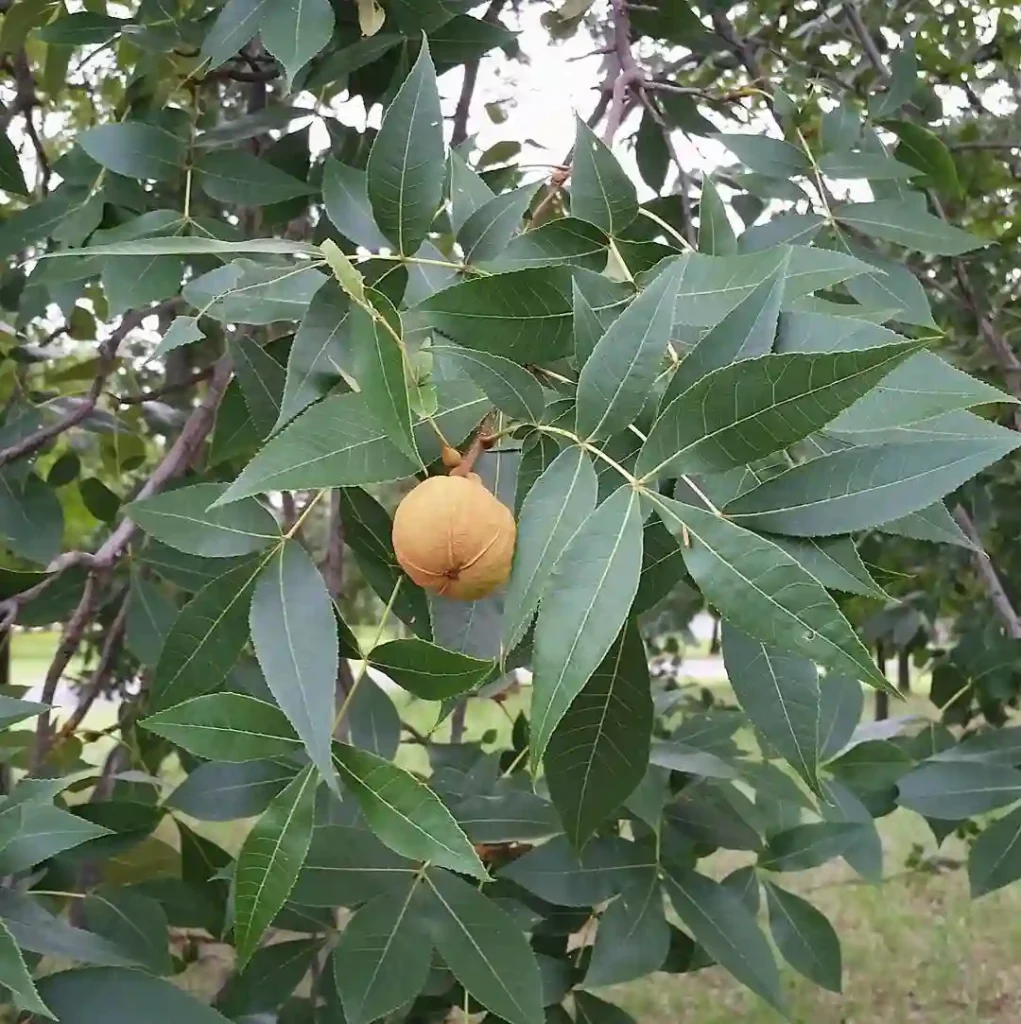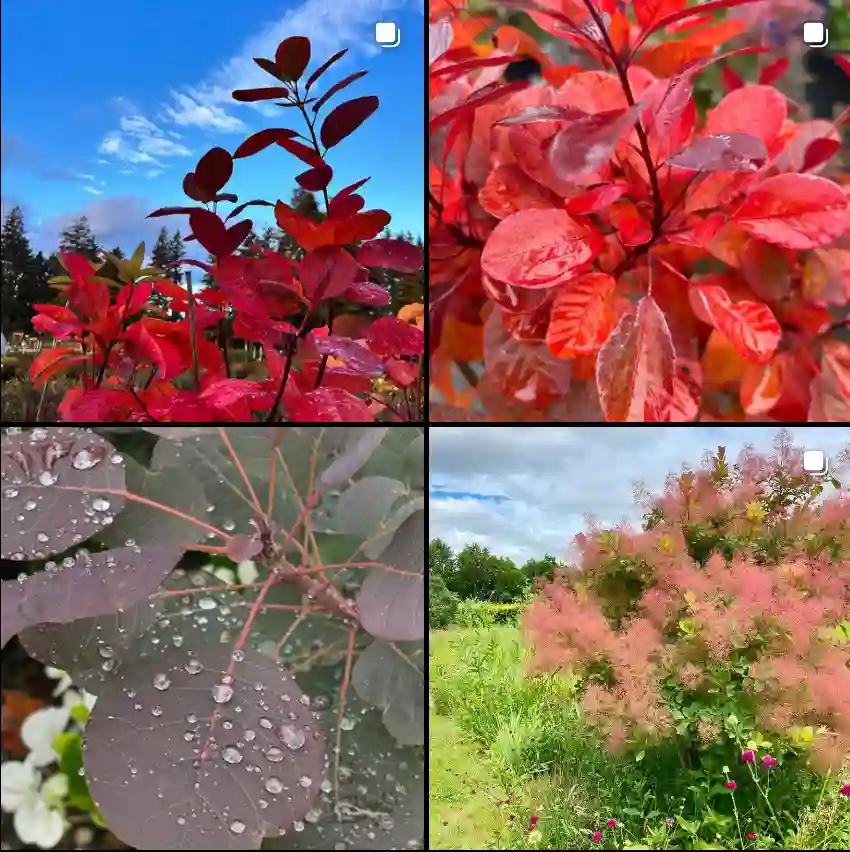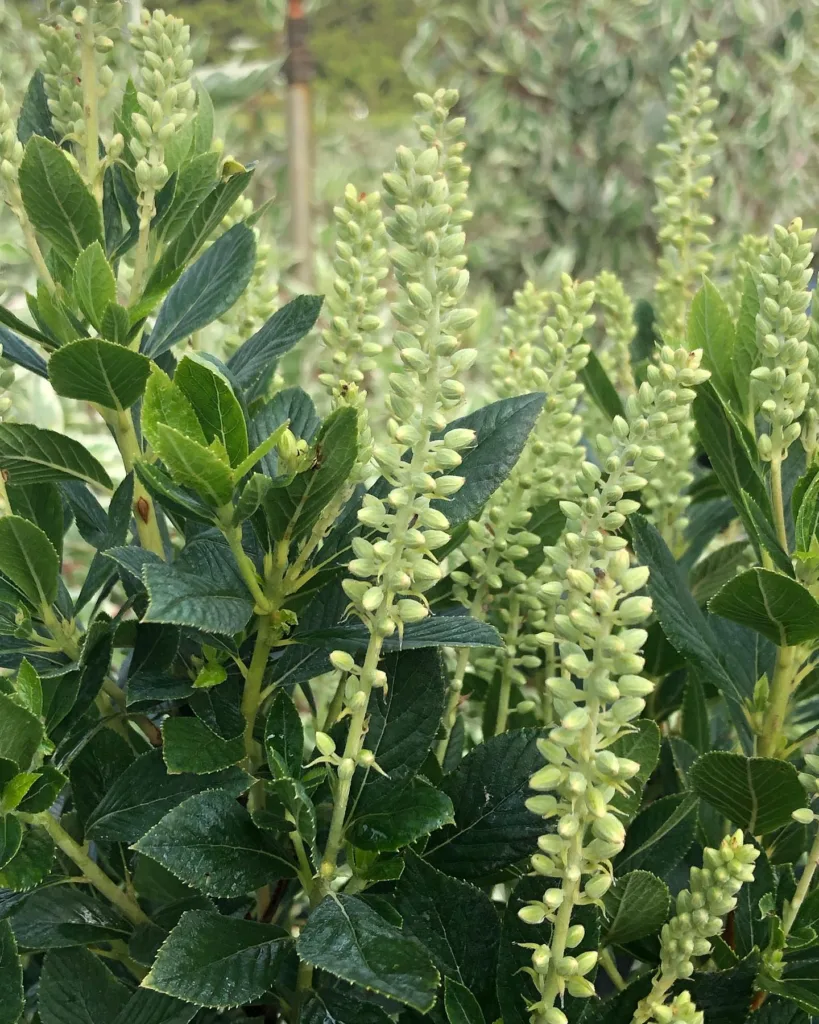Anthurium Shibori: A Guide to the Speckled Beauty
I’m Ferb Vu, and I’m a devoted houseplant enthusiast. Today, I want to delve into the captivating world of the Anthurium Shibori, a unique and stunning addition to any indoor jungle. This beauty boasts not only the classic elegance of the Anthurium family but also a captivating speckled pattern on its blooms, making it a true conversation starter.
1327 Species in Genus Anthurium
What is an Anthurium Shibori?
The Anthurium Shibori is a captivating cultivar (cultivated variety) within the Anthurium Andraeanum species. Unlike its more common cousins, the Shibori boasts a mesmerizing speckled pattern adorning its heart-shaped “flower” (technically, the brightly colored part is a modified leaf called a spathe). This unique feature is reminiscent of the Japanese dyeing technique Shibori, hence the name.
What Makes Anthurium Shibori Special?
Several aspects make the Shibori stand out:
- Speckled Blooms: The captivating speckled pattern on the spathe is what truly sets the Shibori apart. The speckling varies from plant to plant, ensuring you have a one-of-a-kind specimen.
- Fast-Growing: This Anthurium is a fast grower, reaching maturity within a few years, rewarding you with its mesmerizing blooms sooner than some other varieties.
- Large, Textured Leaves: The Shibori boasts impressive, deep green leaves with a beautiful texture, adding to its visual appeal even when not in bloom.
Shibori vs. Other Anthuriums
While all Anthuriums share a certain elegance, the Shibori offers a distinct aesthetic:
- Color: Classic Anthuriums come in a vibrant range of solid colors like red, pink, and white. The Shibori adds a layer of complexity with its speckled pattern.
- Rarity: Due to the difficulty of cloning the speckled trait, the Shibori is considered rarer than some Anthuriums, making it a coveted addition for collectors.
- Growth Rate: The Shibori is known for its fast growth, a welcome trait for impatient plant parents.
How to care for Anthurium Shibori?
Here’s how to ensure your Shibori thrives:
- Light: Bright, indirect light is ideal. Avoid harsh, direct sunlight, which can scorch the leaves.
- Watering: Water deeply when the top inch of soil feels dry. Don’t let the plant sit in waterlogged soil.
- Humidity: Moderate to high humidity is preferred. Consider using a humidifier or placing the pot on a pebble tray filled with water.
- Fertilizer: A balanced fertilizer diluted to half strength can be applied monthly during the growing season.
Troubleshooting Common Shibori Issues
- Brown Leaves: This can be caused by underwatering, overwatering, or excessive light. Adjust your watering routine and check the light conditions.
- Lack of Blooms: Insufficient light or nutrient deficiency can hinder blooming. Ensure proper lighting and fertilize regularly during the growing season.
- Pests: Mealybugs and spider mites can be occasional visitors. Address them promptly with insecticidal soap or neem oil.
Where to Find an Anthurium Shibori?
Due to its unique nature, the Shibori might not be readily available at your local garden center. Here are some options:
- Online Retailers: Several online plant stores specialize in rare and unusual houseplants. You might find your Shibori there.
- Plant Shows and Events: Attending plant shows or joining online plant communities can connect you with passionate growers who might have a Shibori available.
The Enchanting Allure of the Shibori
The Anthurium Shibori is more than just a houseplant; it’s a captivating piece of living art. Its speckled blooms, fast growth, and impressive foliage make it a remarkable addition to any indoor space. With proper care, this unique Anthurium will reward you with its beauty for years to come. So, if you’re looking for a conversation starter and a true gem for your plant collection, the Shibori might just be your perfect match.
If i die, water my plants!



